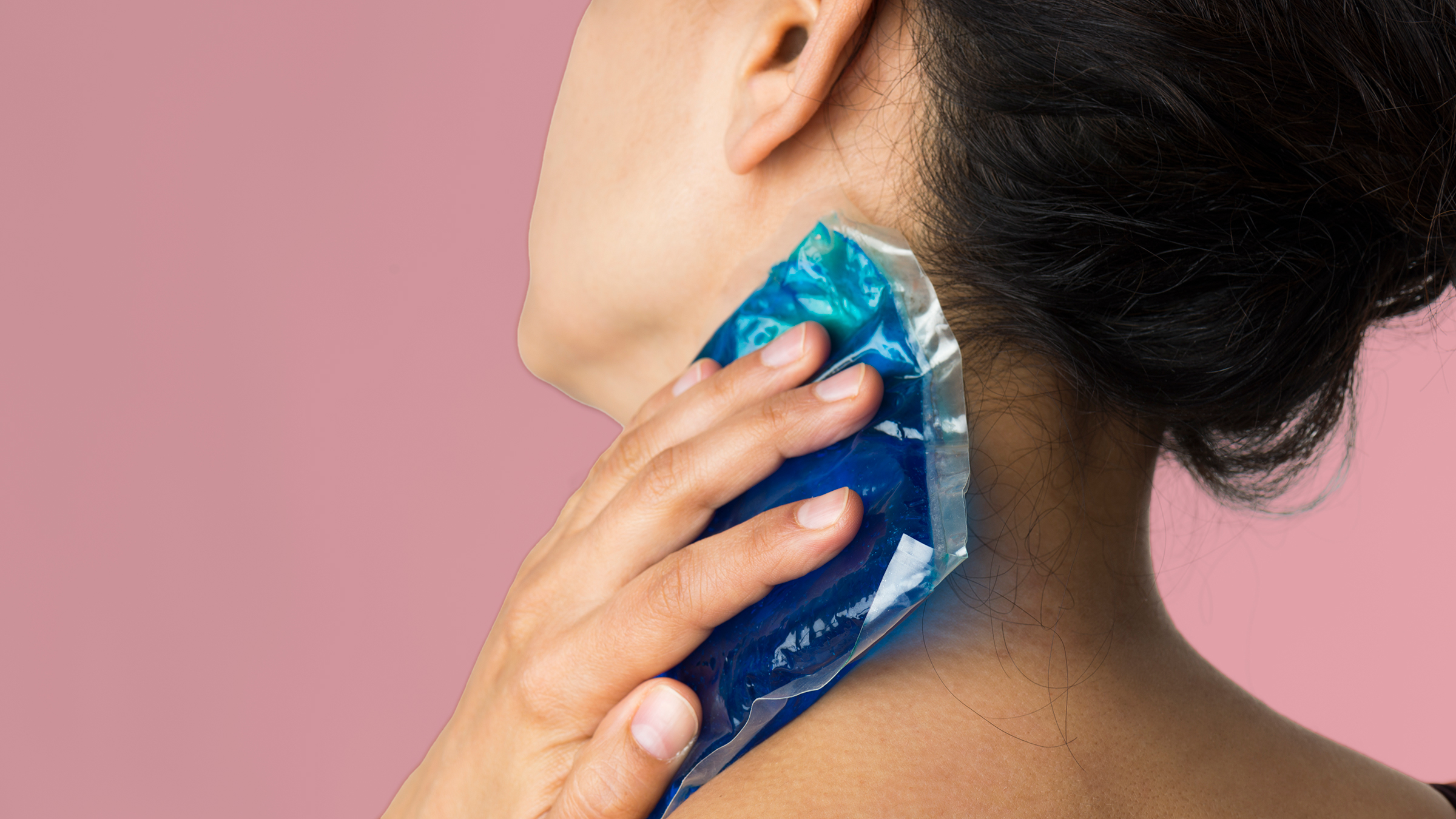A hickey can take anywhere from several days to over a week to fully resolve. You may be able to try some home remedies to reduce irritation and swelling, or possibly shave a day or two off the healing process.
Hickeys occur when tiny blood vessels or capillaries beneath the skin rupture. They break from sucking or biting the skin, causing blood to leak and pool beneath the surface, producing a dark bruise.
Rest easy — plenty of mortified people before you have faced the same problem, so many have experimented with various remedies to find methods that may help the bruise fade faster.
Read on for at-home strategies to help a hickey clear up sooner.

Immediate concealment and makeup
If you need a quick fix to hide a hickey, consider scarves, high collars, or turtlenecks. Concealer can also help in a pinch. These approaches won’t speed healing, but they can prevent awkward questions or stares.
No method will erase a hickey overnight, yet some of the following quick interventions might reduce the recovery time by a day or two.
Cold spoon or cold pack
During the first day after the bruise appears, applying something cold — like a chilled spoon or a cold compress — can slow bleeding from the damaged capillaries and may lessen the hickey’s size.
Put a spoon in the freezer or refrigerator for about 30 minutes. Press it gently onto the area for 10 minutes, repeating several times in the first 48 hours or until the discoloration begins to fade.
An ice pack works the same way, and a washcloth soaked in cold water is another good option.
Aloe vera gel
The gel inside an aloe vera leaf has anti-inflammatory properties that may reduce swelling and discomfort.
Apply a thin layer of the gel directly to the bruise twice daily. Discontinue use if it causes irritation or sensitivity.
Peppermint oil
Peppermint oil contains menthol, which might help improve blood circulation, potentially accelerating bruise resolution. Note that peppermint oil can irritate the skin.
Always dilute it with a carrier oil. A suggested mix is 1–2 drops of peppermint oil per 15 drops of carrier oil like jojoba or almond. Gently massage the diluted oil into the area — avoid applying too much pressure, which could worsen the bruise.
Cocoa butter
Cocoa butter is a common ingredient in topical skin products. It contains antioxidants that may support skin health.
Although studies haven’t proven cocoa butter reduces bruising or discoloration, many people report benefits for smoothing scars, lessening stretch marks and wrinkles, and improving superficial skin marks. Its moisturizing effect and support for skin elasticity can enhance appearance.
Massage a modest amount of the thick cream onto the spot once or twice daily. Apply gently to avoid enlarging the bruise.
Pineapple
Pineapple contains an enzyme called bromelain, known for its anti-inflammatory effects, and when used on the skin it may help diminish swelling.
Place a slice of pineapple on the affected area several times a day (up to four or five times). Monitor your skin for irritation, and stop if you notice itching or discoloration. Pineapple is acidic and can upset the delicate skin on your neck.
Vitamin K cream
Vitamin K supports proper blood clotting and, in topical form, may hasten healing of bruises. Apply vitamin K cream to the spot one to two times daily.
You can also increase vitamin K by eating foods rich in it, such as leafy greens, soybeans, pork, and poultry.
Banana peel
The peel of a banana contains vitamins, nutrients, and antioxidants that may soothe the skin.
Press the inside of a banana peel onto the hickey and leave it on for up to 30 minutes or until the peel browns. Repeat two to three times per day, and discontinue if your skin becomes irritated.
Vitamin C cream
Vitamin C is well known for supporting the immune system, but it’s also crucial for collagen production — the protein that keeps skin firm and elastic. Low vitamin C levels are associated with increased bruising.
Applying a vitamin C cream to the bruise may promote faster skin repair and help the discoloration fade sooner.
How long do hickeys last without intervention?
Left untreated, a hickey typically fades on its own within about 10 days to 2 weeks. Your body gradually breaks down and reabsorbs the blood beneath the skin. The bruise may darken for a few days and then shift through different colors before disappearing.
Some home remedies can cut recovery time by a day or two, but aggressive treatment or excessive pressure can prolong the bruise. Be gentle when applying remedies or massaging the area.
The takeaway
A hickey can form in seconds but needs several days to over a week to heal. You can try measures to ease soreness and swelling, and some self-care techniques might speed recovery slightly.
In the end, however, your body requires time to mend the broken capillaries and absorb the pooled blood.
Most hickeys resolve on their own. If one doesn’t fade or you notice you bruise unusually easily, consider consulting a healthcare professional.


















Leave a Reply
You must be logged in to post a comment.